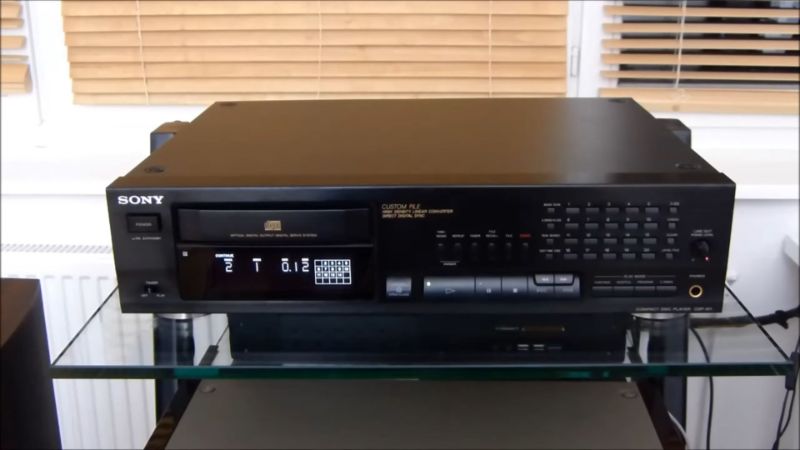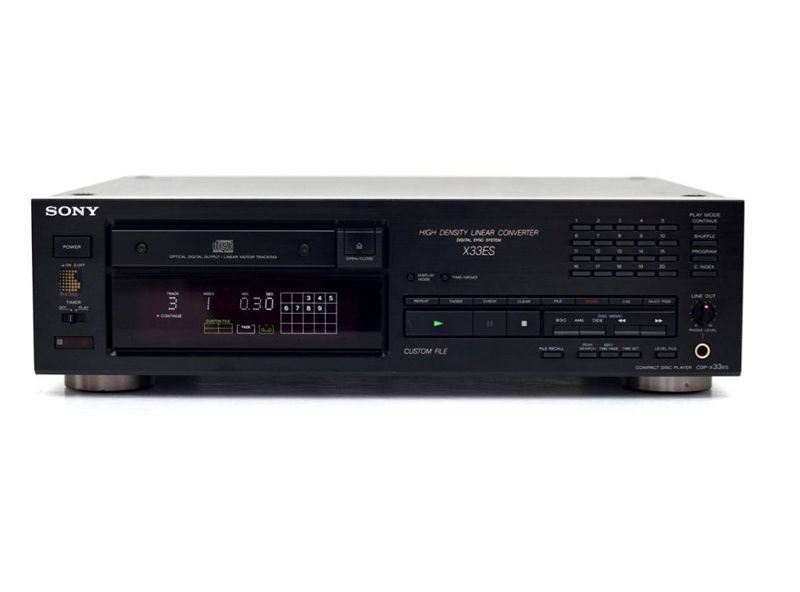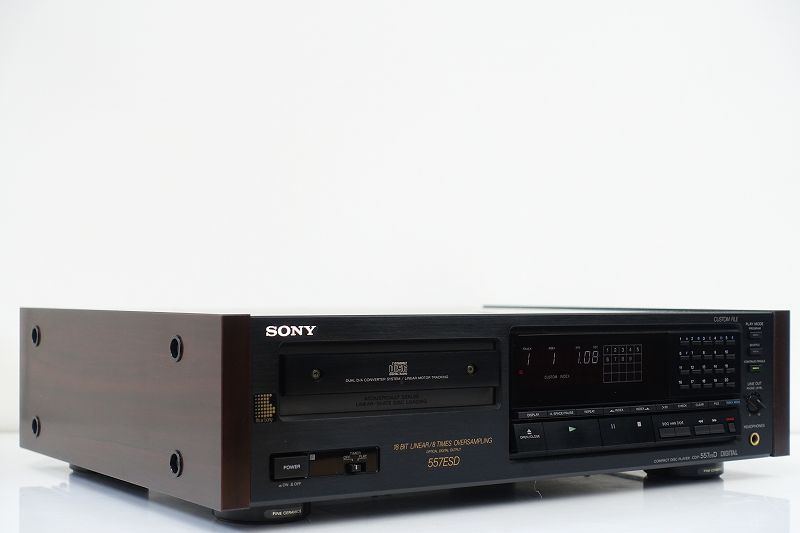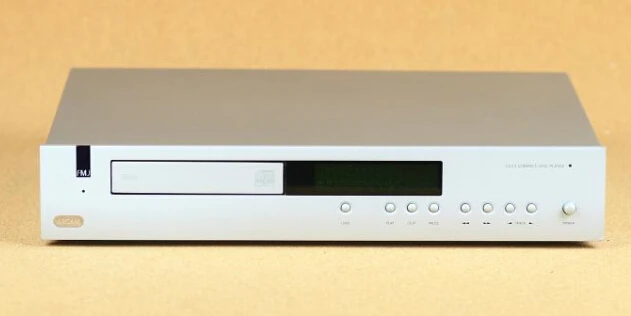Over the years, there have been surprisingly few fantastic CD transfers, and you have to ask why. They were pretty much the only method to get digits into your DAC until computers came along, so they played – and continue to play – a crucial role in many people’s lives. TEAC is unquestionably the most notable of the companies that have taken them seriously.
In the 1990s, the business created a very delectable audiophile disc transport called VRDS, in addition to creating CD-ROM drives for the world (Vibration-free Rigid Disc clamping System). TEAC’s own mechanism provided the company a higher degree of quality control than buying a Philips, Sony, or Sanyo mechanism for their CD players. Metal, metal-carbon composite hybrid, or plastic could be specified at one of three levels.
TEAC not only used VRDS in its own CD players, but it also sold the technology to companies like Wadia and Spectral, who were serious about spinning discs. They also went into its high-end ESOTERIC line, which was (and still is) TEAC’s Lexus. Even when it appears that the CD’s star has faded, the ESOTERIC label continues to sell well, and hybrid SACD designs are also available.
This is, in my opinion, the most intriguing product the company has ever produced. The P-0 is a stunning ultra-high-end machine that cost 1,200,000 Yen (about £10,000) in 1997. Many consider it to be the most serious instrument ever devised for extracting ones and zeroes from a Compact Disc (CD). Thanks to its combination of seminal innovation and tremendous configurability – it even has user-adjustable laser focus, for example! – nothing I’ve ever seen has ever read those bits with such precision.
The P-0 was a huge two-box system. The main (445178530mm) unit had a 30kg aluminium sand-type frame with four special isolating feet, which was supposed to eliminate as much vibration as possible. Naturally, the top-of-the-line VRDS mech was installed. The (220178439mm) power supply unit had three transformers (for output electronics, servo/mech, and display) that were totally separated from the main body – it weighed 17.2kg, just like the main unit. The P-0 had one BNC, one XLR, one RCA, and one ST output. During the transportation period, three options were available. The standard P-0 output at 44.1kHz, while a P-0 VUK upsampling version was later available. The P-0s was essentially a reworked version of the original machine.
It sounds great, with the ease and openness of a high-speed analogue master tape, combined with remarkable detail and a bass that appears to emanate from the very core of the universe. The music flows in a way that you wouldn’t expect from a 16/44 Red Book CD, and it has a three-dimensional richness that rivals some of the best 24/192 digital I’ve heard fifteen years after the P-0 was released. If you had any doubts that CD transporters had a significant impact on the sound of Compact Disc, the P-0 will dispel them.
It’s a shame that things like this no longer exist. It was the pinnacle of the CD, just as the spotlight shifted to the new and ostensibly sexier digital forms of SACD and DVD-Audio. P-0s are extremely difficult to come by, and when they do, they don’t last long. Compact discs must be regarded as the ultimate source of digital data for Compact Disc fans. Nothing, in my opinion, comes close.







